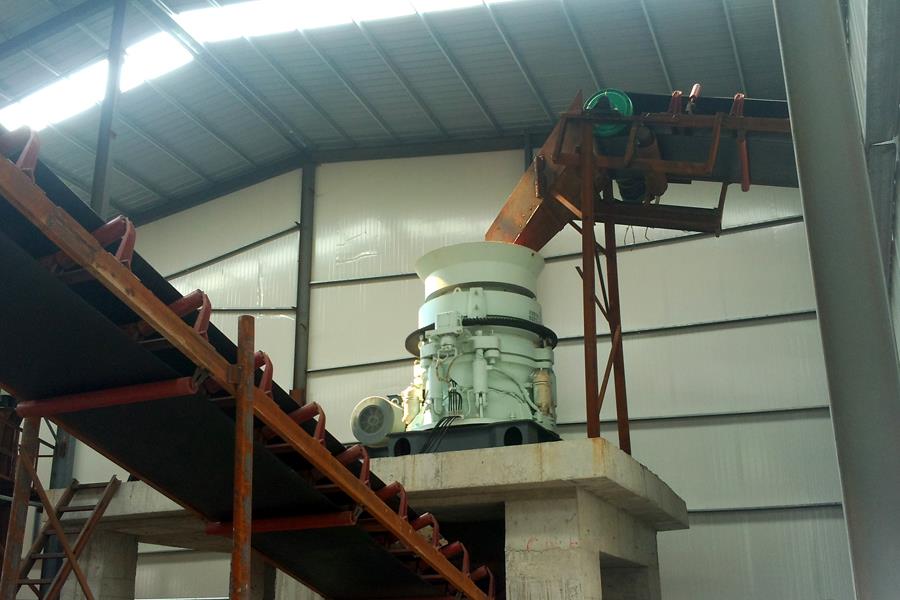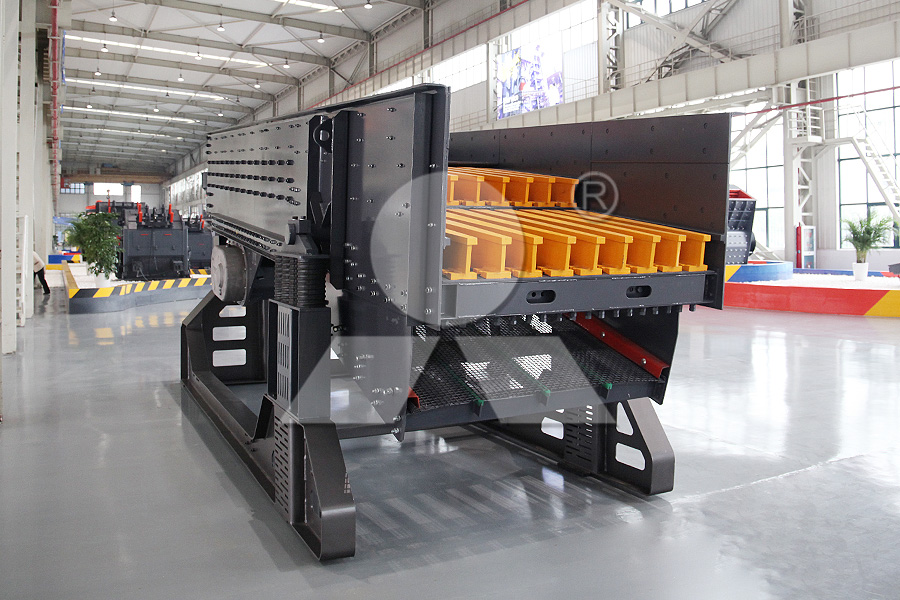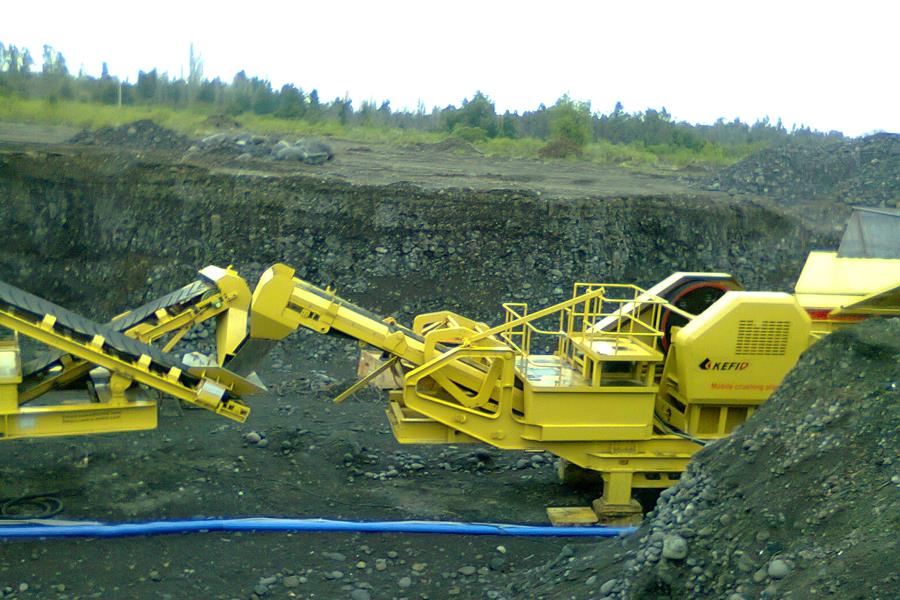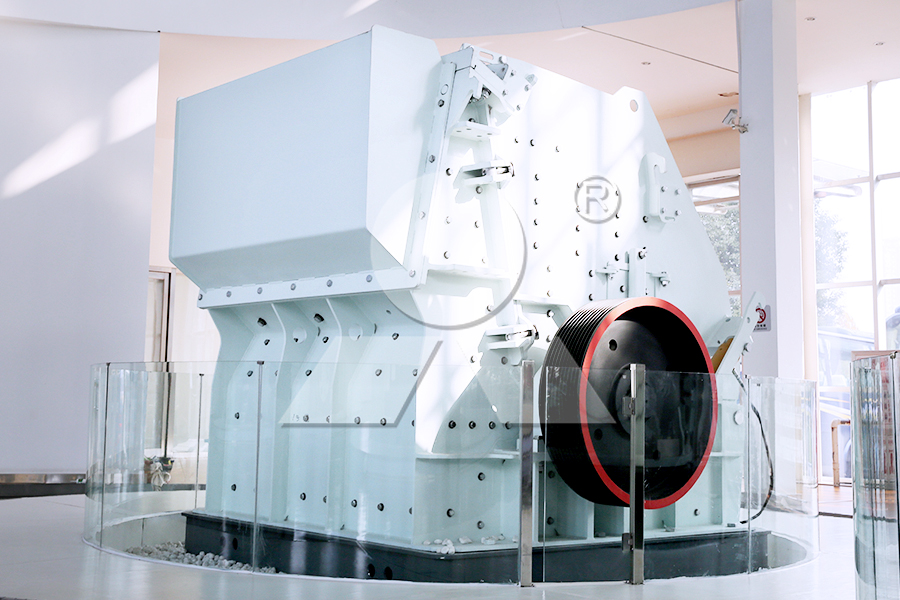

With the development of cities, more and more construction waste is generated. So how to deal with the sharply increased amount of construction waste in a more environmentally friendly way? Temporary on-site resource disposal facilities have become a n
With the development of cities, more and more construction waste is generated. So how to deal with the sharply increased amount of construction waste in a more environmentally friendly way? Temporary on-site resource disposal facilities have become a new option.
The construction waste generated by the demolition of old buildings will be transformed into fine aggregates after resource disposal, and then processed into recycled bricks and other building materials for use in new buildings. They are mostly used to fill foundations, build non-load-bearing walls, or become the roadbed under asphalt roads. Recycled aggregates can also be consumed in newly built parks, forming continuous hills by piling up mountains and landscaping.

Finished gravel
Before the on-site resource disposal plan, there were two mainstream resource disposal methods in China, one was a fixed treatment plant, and the other was a mobile crushing station. These two treatment methods each had their disadvantages. Although fixed treatment plants have large processing capacity and high environmental protection standards, they can become part of urban infrastructure after completion, but the construction period is long. Another disposal method, namely mobile crushing stations, is to pull construction machinery to the construction site and crush construction waste with oil. Although these small machines are flexible and maneuverable, they generate a lot of dust during production because they are open-air operations. Furthermore, the composition of today's construction waste is complex, and small machines can only do primary screening, which is difficult to deal with highly mixed waste.
Manual sorting
Industry experts said that construction waste is also divided into "grades": the first category is slotted soil, which is raw soil and has value in itself, and can be sold directly to other projects; the second category is good concrete material, which still meets the strength and hardness standards after direct crushing and can also be circulated in the market; the third category is more difficult to handle, which is mixed construction waste containing bricks and tiles, which requires a large investment cost.

The process of resource disposal of construction waste is complex, so the cost is high. On the assembly line, construction waste must undergo two crushing and multi-level screening, and must go through two "vibration wind sorting machines" and manual selection to separate the light materials in the garbage, and finally produce reduced soil and recycled aggregates. The reason why so many processes are involved is that construction waste not only includes soil, bricks and tiles and concrete, but also a large amount of plastics, wood products and insulation materials, as well as some harmful substances, which can only be disposed of by complex integrated production lines.
Previous: SMP Crusher
Next: SMP Crusher

With the development of cities, more and more construction waste is generated. So how to deal with the sharply increased amount of construction waste in a more environmentally friendly way? Temporary on-site resource disposal facilities have become a n
With the development of cities, more and more construction waste is generated. So how to deal with the sharply increased amount of construction waste in a more environmentally friendly way? Temporary on-site resource disposal facilities have become a new option.
The construction waste generated by the demolition of old buildings will be transformed into fine aggregates after resource disposal, and then processed into recycled bricks and other building materials for use in new buildings. They are mostly used to fill foundations, build non-load-bearing walls, or become the roadbed under asphalt roads. Recycled aggregates can also be consumed in newly built parks, forming continuous hills by piling up mountains and landscaping.

Finished gravel
Before the on-site resource disposal plan, there were two mainstream resource disposal methods in China, one was a fixed treatment plant, and the other was a mobile crushing station. These two treatment methods each had their disadvantages. Although fixed treatment plants have large processing capacity and high environmental protection standards, they can become part of urban infrastructure after completion, but the construction period is long. Another disposal method, namely mobile crushing stations, is to pull construction machinery to the construction site and crush construction waste with oil. Although these small machines are flexible and maneuverable, they generate a lot of dust during production because they are open-air operations. Furthermore, the composition of today's construction waste is complex, and small machines can only do primary screening, which is difficult to deal with highly mixed waste.
Manual sorting
Industry experts said that construction waste is also divided into "grades": the first category is slotted soil, which is raw soil and has value in itself, and can be sold directly to other projects; the second category is good concrete material, which still meets the strength and hardness standards after direct crushing and can also be circulated in the market; the third category is more difficult to handle, which is mixed construction waste containing bricks and tiles, which requires a large investment cost.

The process of resource disposal of construction waste is complex, so the cost is high. On the assembly line, construction waste must undergo two crushing and multi-level screening, and must go through two "vibration wind sorting machines" and manual selection to separate the light materials in the garbage, and finally produce reduced soil and recycled aggregates. The reason why so many processes are involved is that construction waste not only includes soil, bricks and tiles and concrete, but also a large amount of plastics, wood products and insulation materials, as well as some harmful substances, which can only be disposed of by complex integrated production lines.
Previous: SMP Crusher
Next: SMP Crusher
 How to configure a 300 400th stone production line and how much does it cost
How to configure a 300 400th stone production line and how much does it cost Essential equipment for material crushing: How to choose a crusher scientifically
Essential equipment for material crushing: How to choose a crusher scientifically Comprehensive utilization of 500 tons per hour river dredging helps improve water environment
Comprehensive utilization of 500 tons per hour river dredging helps improve water environment How to choose a mining crusher manufacturer
How to choose a mining crusher manufacturer Which equipment to choose for a 500 tons per hour sand and gravel production line
Which equipment to choose for a 500 tons per hour sand and gravel production line How to configure a 300 400th stone production line and how much does it cost
How to configure a 300 400th stone production line and how much does it cost Essential equipment for material crushing: How to choose a crusher scientifically
Essential equipment for material crushing: How to choose a crusher scientifically Comprehensive utilization of 500 tons per hour river dredging helps improve water environment
Comprehensive utilization of 500 tons per hour river dredging helps improve water environment How to choose a mining crusher manufacturer
How to choose a mining crusher manufacturer Which equipment to choose for a 500 tons per hour sand and gravel production line
Which equipment to choose for a 500 tons per hour sand and gravel production line